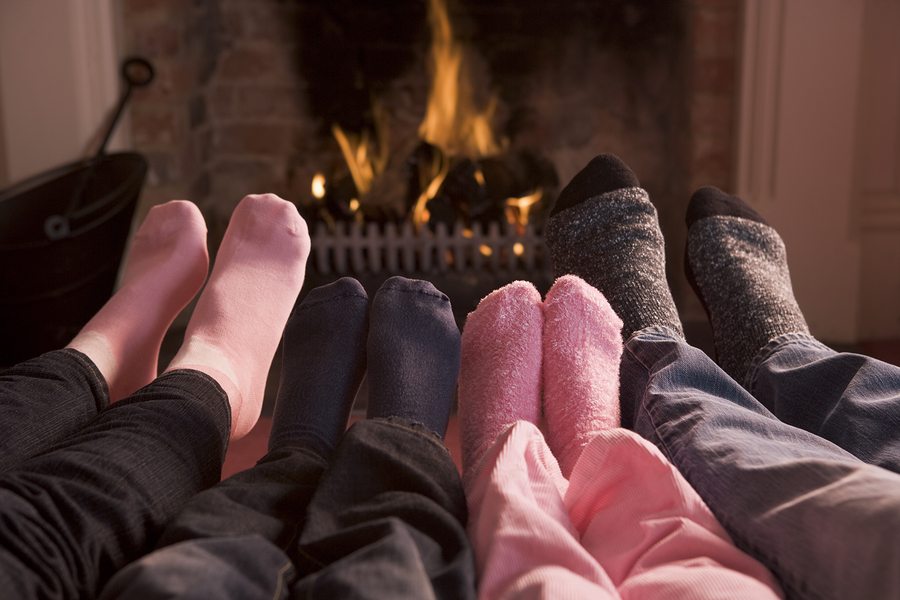
With Autumn in full drive, we’re donning warmer clothing and thinking about the holidays. We might also be thinking about higher energy bills. While The U. S. Department of Energy advises homeowners to regularly conduct home energy audits to assess how much energy your home uses, now it the time to decide on the steps you can take to make it more efficient before winter arrives. An energy audit will help you determine where your house is losing energy and evaluate the efficiency of your home’s heating and cooling systems. Problems that are uncovered during an audit, when corrected, can save you significant amounts of money over time.
You can easily perform a home energy audit by walking through your home and conducting a careful inspection. As you go though each area, keep a checklist of the problems you found. This list will help you prioritize what upgrades you need to make.The list below contains the Department of Energy’s recommendations for conducting your audit:
Air leaks – Make a list of the places there are obvious drafts. Check for gaps along the baseboard or edge of the flooring and at junctures of the walls and ceiling. Also look for gaps around pipes and wires, electrical outlets, foundation seals, and mail slots. Check to see if the caulking and weather stripping are applied properly, leaving no gaps or cracks, and are in good condition.
Inspect windows and doors for air leaks. See if you can rattle them, since movement means possible air leaks. Check the storm windows for proper fit.
Insulation – Check the attic hatch to see if it is at least as heavily insulated as the attic, is weather stripped, and closes tightly. In the attic, determine whether openings for items such as pipes, ductwork, and chimneys are sealed. Check to see if there is a vapor barrier under the attic insulation. The vapor barrier might be tarpaper, or a plastic sheet. If there does not appear to be a vapor barrier, you might consider painting the interior ceilings with vapor barrier paint to reduce the amount of water vapor that can pass through the ceiling. Make sure that the attic vents are not blocked by insulation. You also should seal any electrical boxes in the ceiling with flexible caulk (from the living room side or attic side) and cover the entire attic floor with at least the current recommended amount of insulation.
Check the walls’ insulation by selecting an exterior wall and turning off the circuit breaker or unscrewing the fuse for any outlets in the wall. Once you have determined that your outlets are not getting any electricity, remove the cover plate from one of the outlets and gently probe into the wall with a thin, long stick or screwdriver. If you encounter a slight resistance, you have some insulation there.
If your basement is unheated, determine whether there is insulation under the living area flooring. In most areas of the country, an R-value of 25 is the recommended minimum level of insulation. An R-value indicates insulation’s resistance to heat flow. The higher the R-value, the more effective the insulation.
The insulation at the top of the foundation wall and first floor perimeter should have an R-value of 19 or greater. If the basement is heated, the foundation walls should be insulated to at least R-19. Your water heater, hot water pipes, and furnace ducts should all be insulated.
Heating/Cooling Equipment – If you have a forced-air furnace, check your filters regularly and replace as needed. Generally, you should change them about once every month or two, especially during periods of high usage. Have a professional check and clean your equipment once a year.
Check your ductwork for dirt streaks, especially near seams. These indicate air leaks, and they should be sealed with duct mastic, a non-toxic adhesive-sealant. Insulate any ducts or pipes that travel through unheated spaces. An insulation R-Value of 6 is the recommended minimum.
Lighting – Examine the wattage size of the light bulbs in your house. You may have 100-watt (or larger) bulbs where 60 or 75 watts would do. You should also consider compact fluorescent lamps for areas where lights are on for hours at a time.


